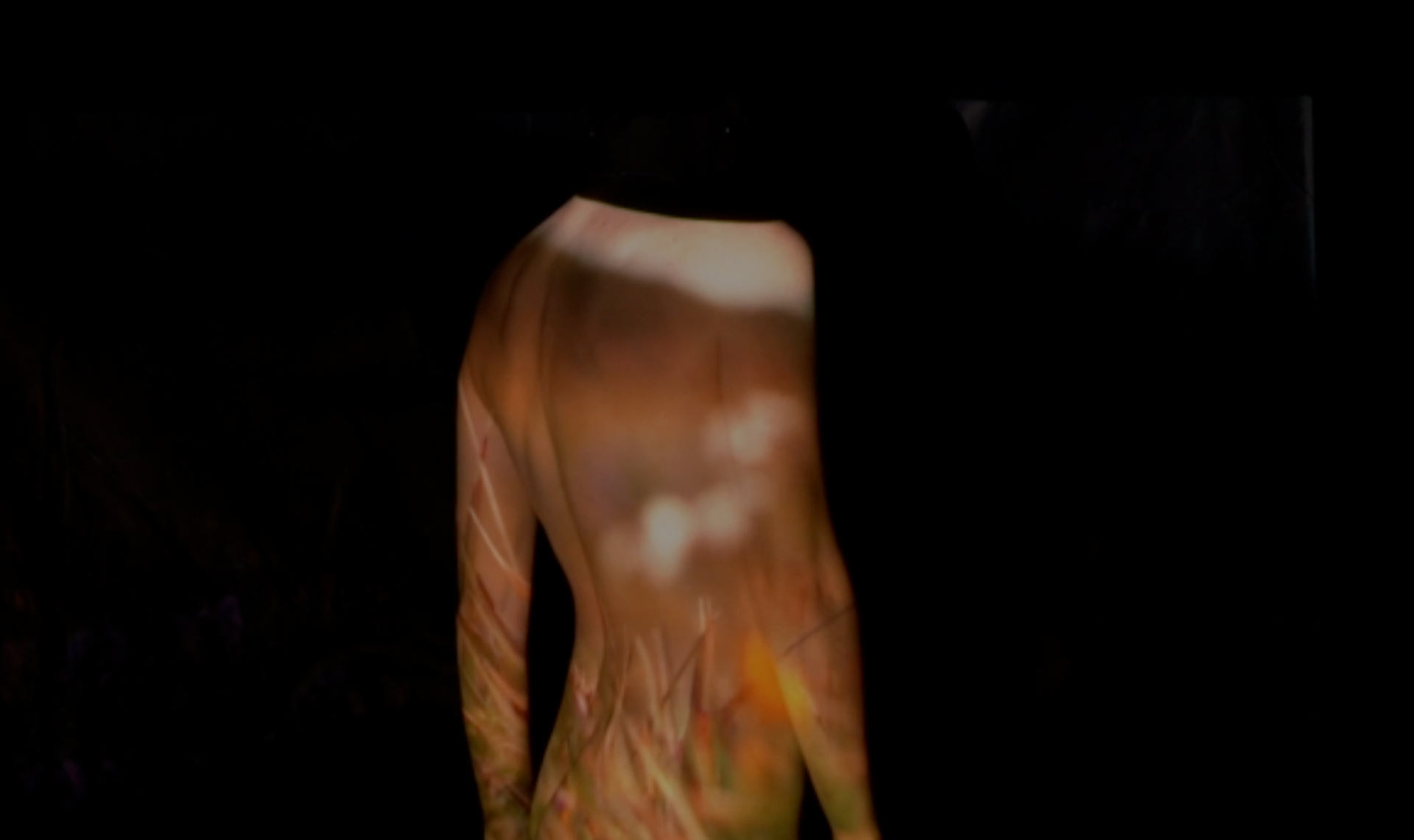The distance we walked in this country I do not know



Info
The distance we walked in this country I do not know2023Single channel video, HD, stereo, 12 minSigri Lesvos, GR
Description
a series of images as notes on the form that landscapes and taskscapes share in time. It does not refer to a place on the map, since landscapes cannot be shown or named in themselves, as fixed forms. Instead, they are here treated as paintings in progress, as performative acts in constant motion. A drawn-out process of observation - bodies, dry stone walls, erosion, the tide - collapses the notion of segmentation in a landscape. The very features that identify boundaries and difference are themselves an integral part of this landscape. Dry stone walls embody the artists’ positioning in the landscape. Embodiment as a movement of incorporation rather than inscription. These walls are often referred to as “she” by their builders and are seen as consisting of body parts. Filling out the central part of the wall is called “hearting”. In archaeological terminology, walls are thought to have faces. Shifting the focus to the non-human, dry stone walls serve as shelters too. The title is a phrase borrowed from Flann O’ Brien ‘ s second novel “The Third Policeman”.
Shown
- 1st Xeno Festival, Sigri Lesvos, GR
- The Glenkeen Variations, Krespo Haus, Frankfurt, Curated by Ben Livne Weitzman, Program Coordinator Glenkeen Garden Residencies, and Christiane Riedel, Chairwoman of the Crespo Foundation.